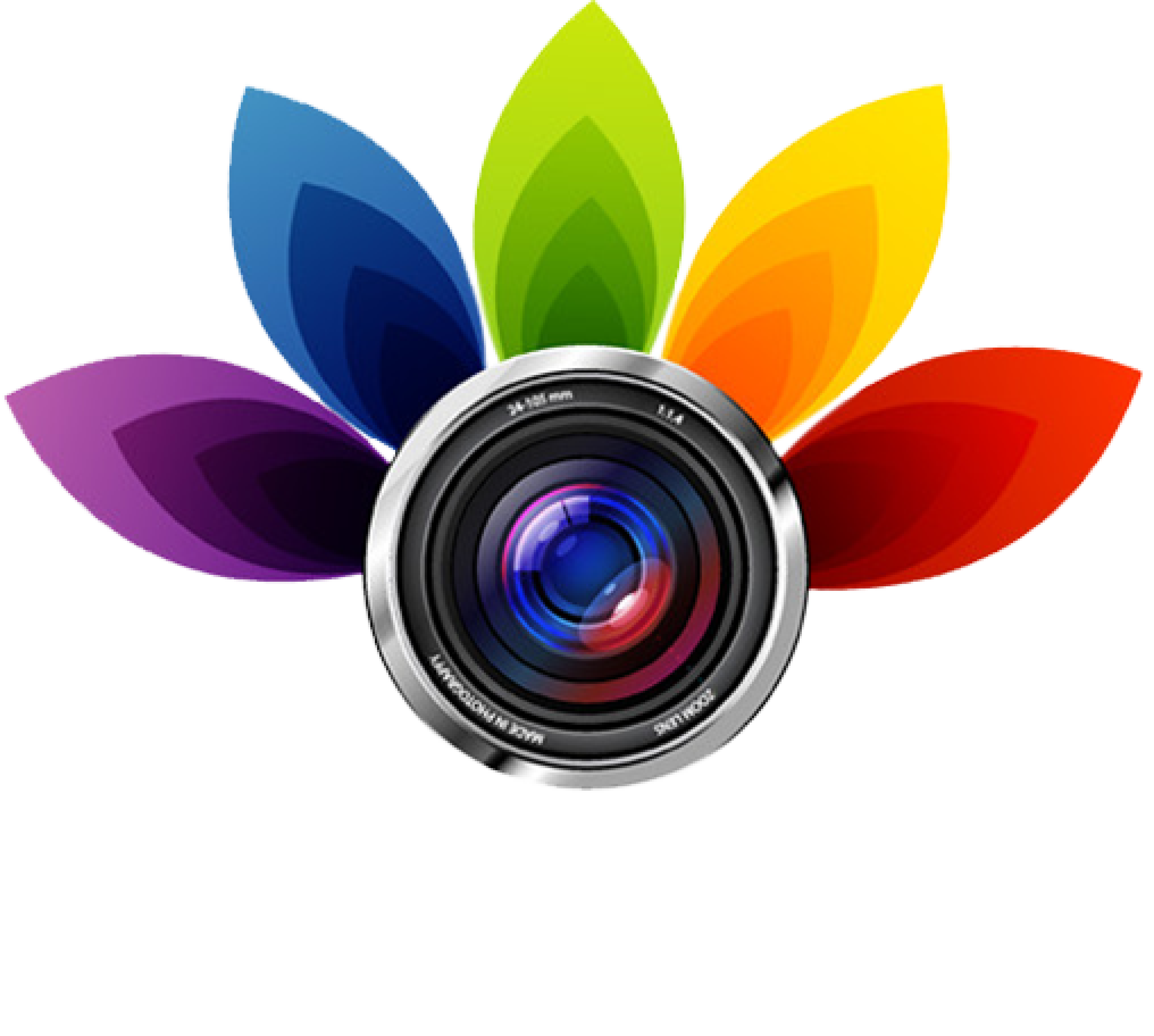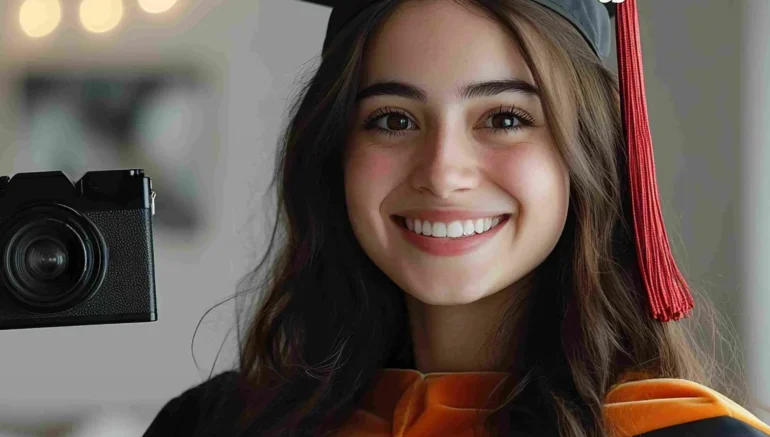
6 Simple Editing Hacks to Improve Your Graduation Pictures
Graduation day is an unforgettable event, the result of years of hard work, dedication, and growth. As you walk across the stage to receive your diploma, you’re not only celebrating an academic achievement but also your personal development and future potential. Keeping this moment with a photo is important to keep the memory, but there’s more to it than just taking a snapshot. Some editing hacks plays an incredibly important role in making sure your graduation photos reflect the beauty and importance of the moment. It allows you to improve the final image and make sure it tells your personal story in the best way possible.
While the raw photo may keep the moment, photo editing is where the magic happens. Editing allows you to fix minor imperfections, highlight key features, and improve your photo is lively and attention-grabbing. With the use of simple editing hacks, you can transform an average photo into something that looks professionally taken. If it’s brightening up dull colors, removing distractions, or simply improving the clarity of the photo, editing improves that your graduation portraits will stand the test of time. It’s your chance to give your photos a natural look, allowing them to perfectly reflect the joy, pride, and excitement that you feel on this important day.
Here are the Editing Hacks for You
Adjusting Brightness and Contrast
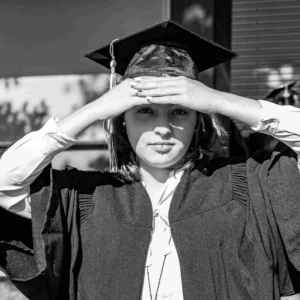 When it comes to photo editing, one of the first adjustments you should consider is the brightness and contrast of the image. These basic edits may seem simple, but they can have a big impact on the overall look of your photo. Brightness controls the overall exposure of your photo. If your graduation photo looks too dark, it can appear flat and lifeless, hiding important details. If it’s too clear, it may cause highlights to become overexposed, making the photo lose its details and texture. By adjusting the brightness, you can find the perfect balance that brings out all the details in the image while keeping it visible.
When it comes to photo editing, one of the first adjustments you should consider is the brightness and contrast of the image. These basic edits may seem simple, but they can have a big impact on the overall look of your photo. Brightness controls the overall exposure of your photo. If your graduation photo looks too dark, it can appear flat and lifeless, hiding important details. If it’s too clear, it may cause highlights to become overexposed, making the photo lose its details and texture. By adjusting the brightness, you can find the perfect balance that brings out all the details in the image while keeping it visible.
In addition to brightness, adjusting the contrast can further improve your photo by adding depth and dimension. Contrast is the difference between the light and dark areas in an image. Increasing contrast helps to make the lighter areas stand out and the darker areas deeper, making the image look more bright. On the other hand, lowering contrast can give your image a softer, more muted appearance. Finding the right balance between brightness and contrast is important to make sure your graduation photo looks natural while still being lively and attention-grabbing. With a little fine-tuning, these two adjustments can give your photo a natural, professional look, helping the key elements, such as your face and graduation attire, stand out.
Cropping to Focus on You
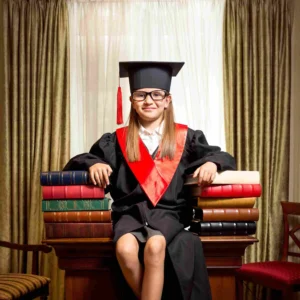 When you look at your graduation photo, you want the focus to be on you, the proud graduate. Cropping plays an important role in making sure that the viewer’s attention is centered on the right aspects of the image. Cropping allows you to remove unnecessary elements from the edges of the frame, helping to eliminate distractions and create a more focused composition. If it’s a cluttered background or an awkward space between people, cropping can significantly improve the look of your photo by focusing solely on the subject at hand.
When you look at your graduation photo, you want the focus to be on you, the proud graduate. Cropping plays an important role in making sure that the viewer’s attention is centered on the right aspects of the image. Cropping allows you to remove unnecessary elements from the edges of the frame, helping to eliminate distractions and create a more focused composition. If it’s a cluttered background or an awkward space between people, cropping can significantly improve the look of your photo by focusing solely on the subject at hand.
Proper cropping can also help apply basic composition rules to the photo, such as the rule of thirds. The rule of thirds suggests dividing the image into nine equal parts by two equally spaced horizontal and vertical lines. Placing the subject off-center rather than directly in the middle creates a livelier and engaging photo. By cropping your graduation picture to follow this guideline, you can create a more balanced and visually appealing image. Cropping also helps with proportion, making sure that your face, expression, and attire are the primary focus of the photo, which is especially important in graduation pictures. The more focused and well-composed the photo, the better it will reflect the importance of the occasion.
Fixing Red Eyes
Red-eye is one of the most common issues that occur in photographs, especially in portraits like graduation pictures. This happens when the camera flash reflects off the retina, causing the eyes to appear red or pink in the photo. While red-eye is relatively harmless, it can make your photos look less professional and distract from the overall composition. Fortunately, most photo editing software or apps have a built-in red-eye correction feature that can quickly and easily resolve this problem.
is one of the most common issues that occur in photographs, especially in portraits like graduation pictures. This happens when the camera flash reflects off the retina, causing the eyes to appear red or pink in the photo. While red-eye is relatively harmless, it can make your photos look less professional and distract from the overall composition. Fortunately, most photo editing software or apps have a built-in red-eye correction feature that can quickly and easily resolve this problem.
Using the red-eye correction tool is usually as simple as clicking on the affected area, and the tool will replace the red color with a more natural eye color.
This small but important adjustment can make your photo look much more refined and realistic. Red eyes can be distracting and take away from the more meaningful aspects of the photo, such as your proud smile or the cap and gown you’re wearing. Removing the red eye not only improves the visual appeal of the image, but it also adds a professional touch to your graduation portrait, making it a keepsake that you’ll cherish for years to come.
Improving Colors with Filters
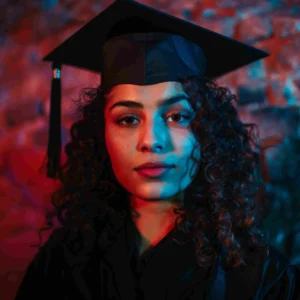 Filters are a popular and easy way to improve the colors in your graduation photos. Applying a filter can instantly change the overall mood of the image, making it warmer, cooler, more cheerful, or softer depending on your preferences. For example, if you want your graduation photo to have a clear, sunny, and cheerful feel, applying a filter that improves the yellows and oranges can give it a warm, inviting glow. On the other hand, if you prefer a more stylish look, a cooler filter with soft blues and greens can help set the tone.
Filters are a popular and easy way to improve the colors in your graduation photos. Applying a filter can instantly change the overall mood of the image, making it warmer, cooler, more cheerful, or softer depending on your preferences. For example, if you want your graduation photo to have a clear, sunny, and cheerful feel, applying a filter that improves the yellows and oranges can give it a warm, inviting glow. On the other hand, if you prefer a more stylish look, a cooler filter with soft blues and greens can help set the tone.
Filters work by adjusting the color balance, saturation, and other elements of the image to give it a specific vibe. The best part about filters is that they’re quick and easy to apply. However, it’s important not to overdo it. While filters can add a stylish touch to your photo, too much saturation or an overly dramatic effect can make the image look unnatural. Instead, aim for a filter that improves the natural beauty of the photo without entirely changing its look. With the right filter, your graduation picture can look more changing and fresh, reflecting the emotions you felt in that moment, from joy to pride.
Sharpening for Clearer Details
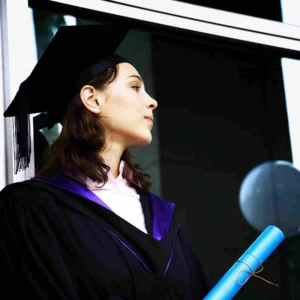 Sharpness is another key element when it comes to photo editing. If your graduation photo looks slightly blurred or soft, sharpening it can help bring out the details and make the image clearer and more defined. Sharpness improves the edges of objects and people in the photo, making them stand out more distinctly. When editing a graduation portrait, sharpening the image can help improve the clarity of your face, clothing, and other important details, such as the textures of your graduation gown or cap.
Sharpness is another key element when it comes to photo editing. If your graduation photo looks slightly blurred or soft, sharpening it can help bring out the details and make the image clearer and more defined. Sharpness improves the edges of objects and people in the photo, making them stand out more distinctly. When editing a graduation portrait, sharpening the image can help improve the clarity of your face, clothing, and other important details, such as the textures of your graduation gown or cap.
However, it’s important to apply sharpening carefully. Too much sharpening can lead to graininess or pixelation, which can actually make the photo look worse. A little goes a long way with sharpening, so it’s best to apply it in moderation and only in areas that need improvement. Focusing on specific areas like your face, hair, or any fine details that may have been blurred helps improve the clarity without ruining the overall quality. When applied correctly, sharpening helps to make sure that your photo looks crisp and professional, making the final portrait a true reflection of your achievements.
Adding a Touch of Warmth or Coolness
 Another simple editing hack and an effective way to personalize your graduation photo is by adjusting the warmth or coolness of the image. This adjustment impacts the color temperature, giving your photo either a warmer or cooler tone, depending on your preference. A warm photo typically has a golden, amber, or orange hue, which can make it feel more inviting and nostalgic. On the other hand, a cooler photo has more blue or green shades, giving it a fresh, smooth, or refined vibe.
Another simple editing hack and an effective way to personalize your graduation photo is by adjusting the warmth or coolness of the image. This adjustment impacts the color temperature, giving your photo either a warmer or cooler tone, depending on your preference. A warm photo typically has a golden, amber, or orange hue, which can make it feel more inviting and nostalgic. On the other hand, a cooler photo has more blue or green shades, giving it a fresh, smooth, or refined vibe.
Choosing the right color temperature can change the emotional impact of the photo. A warm tone is often associated with a sense of comfort, happiness, and celebration, which is perfect for a graduation photo. It can make the scene feel sunny, cheerful, and filled with positive energy. Adjusting the warmth or coolness of your photo is an easy way to add a personal touch, and with just a few tweaks, you can find the perfect balance that photographs the importance of your graduation day.
Conclusion
Editing your graduation portraits is a simple but powerful way to improve the memories you take on camera. By using the tips and techniques outlined above, you can improve your photos and make them look more professional, natural, and personal. Remember, the goal is not to completely alter the image but to highlight its natural beauty and significance.
As you go through the editing process, keep in mind the emotions and pride you felt on your graduation day. With just a little attention to detail, your graduation portrait will be an amazing reminder of this unforgettable achievement, one you’ll treasure for many years to come.
Read Next: How Photo Editing Services Supported an Apparel Brand’s Success
